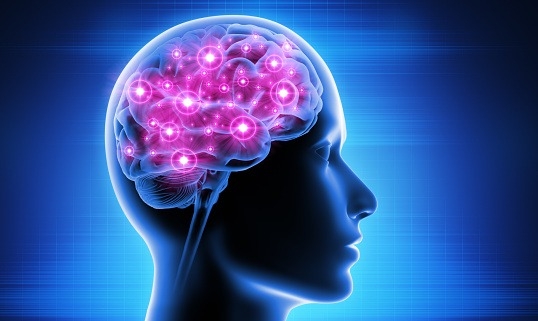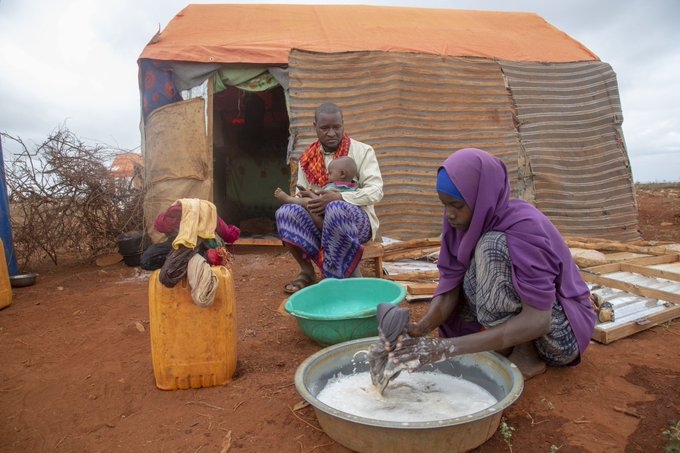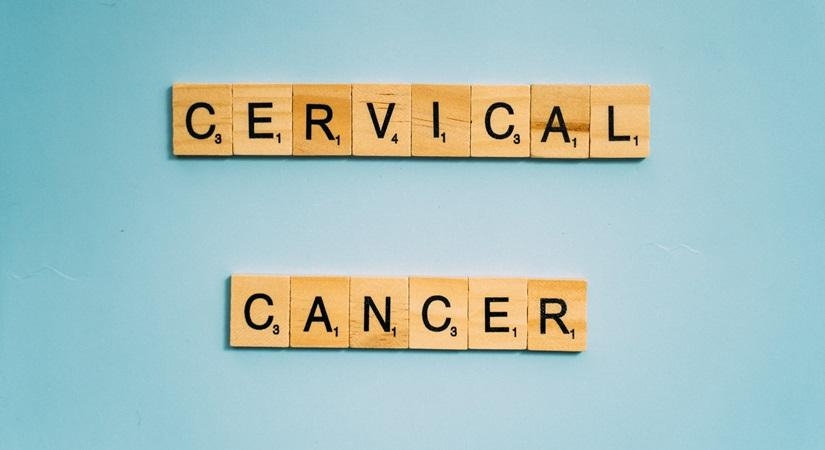Keeping track of your menstrual cycle can help you predict when your next period will arrive, making it easier to prepare in advance. You can use a period tracking app, keep a calendar, or make a note of the start and end dates of your periods each month…reports Advaitesha Birla
It can be both exhilarating and terrifying to get your first period. You may have many questions about what to anticipate because it can be difficult to understand all of the changes that are taking place in your body. It’s crucial to understand that every girl goes through this process and that it’s a typical aspect of maturing, though. I’ve compiled 5 suggestions that I found useful to try and make this process a little less difficult and unpleasant.
Get Equipped: Make sure you have the right menstrual products such as pads, tampons, or menstrual cups readily available at home or in your bag. Being prepared with the right supplies will give you peace of mind and help you manage your period with confidence. Additionally, keeping a pain reliever on hand can alleviate any discomfort or cramps that may arise during your period.
Track Your Cycle: Keeping track of your menstrual cycle can help you predict when your next period will arrive, making it easier to prepare in advance. You can use a period tracking app, keep a calendar, or make a note of the start and end dates of your periods each month.
Managing Cramps: Menstrual cramps can be very uncomfortable and sometimes debilitating. There are many over-the-counter pain relievers that can help reduce cramps. Additionally, heat therapy such as a heating pad, warm bath, or a shot water bottle can also help relieve cramps.
Take Care of Your Body: Your period can be a draining time, both physically and emotionally. It’s important to take care of your body by eating well, staying hydrated, and getting plenty of rest. You can also try doing light exercises or yoga to help boost your energy and reduce stress.

Talk to Someone: Talking to someone about your period, whether it be a parent, teacher, or doctor, can help relieve any anxiety or confusion you may be feeling. If you have any concerns or questions about your period, don’t hesitate to ask for help. Additionally, you can also consider reaching out to organizations such as Ujaas which provide education and resources on menstrual health and hygiene to empower girls and women. Having a trusted source of information and support can make all the difference in your journey with your first period.
It can be perplexing and overwhelming to have your first period, but by being ready, keeping track of your cycle, controlling cramps, caring for your body, and talking to someone, you can ease the transition. Keep in mind that receiving your period is a normal biological occurrence, therefore there is no reason to be embarrassed or uncomfortable about it. Never be afraid to talk to someone you trust and feel at ease expressing yourself to if you are frightened or concerned.
A woman’s menstruation is unique to each individual, so what works for one woman may not work for another.
ALSO READ-Let’s talk about menstrual hygiene

















